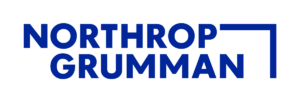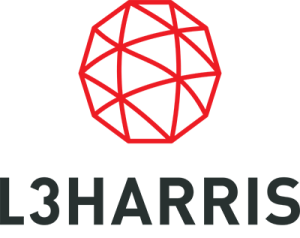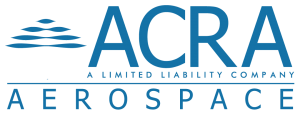Every year, the use of e-mail, texting, chat apps, and other electronic communication increases, and the rate of phone communication decreases. Companies are moving to evaluating people by computer analysis of keywords, auto-responders, recorded audio and even video interviews by robo-interviewers, and other impersonal methods.
Does the trend toward impersonal, electronic communication help or hurt the job-seeker? A famous UCLA study once found that 55% of in-person communication is non-verbal – body language, facial expression, etc. While 38% is sound – tone, inflection, volume, pacing, etc., only 7% of in-person communication is content – the actual words you say, and their meaning. Reverse engineer these numbers, and one could argue that in sending electronic communication, you send only 7% of your communicative ability. And we all know that people read unintended meaning into e-mails, and could misinterpret our intent anytime.
As a job seeker, you can gain an advantage by going against the trend, carving yourself away from the pack, differentiating yourself, to increase your chances of being considered for an opportunity.
- Call the contact person. Whenever possible, figure out who the resumes are going to, and place a call. Your voice, inserted into the process, multiplies your chance of being considered by five (adding that 38% mentioned above). Be courteous, energetic, and pleasant (never sound irritated, rude or demanding).
- Call the hiring manager. Figure out who the job actually reports to. That’s right – bypass HR. If you can find the right VP or C-level person, and reach that individual, they will admire your initiative. Not every time, but enough to get you in some doors that wouldn’t open otherwise.
- Be persistent and responsive in following up. Answer calls promptly. Check back on progress, ask additional (meaningful) questions – all by phone.
How about the hidden job market – jobs for which no requisition exists? Every day, high level leaders sit at their desk bemoaning the B and C players on their team who hold them back. If you reach out and contact one of those senior execs on a day when they are particularly irked about sub-par performers, you just might get in for an interview on a job that isn’t available on the market. Yes, there really is a “hidden” job market, and this is how you tap in. Have your value proposition (aka elevator pitch) ready, on how you will add value to your next employer (do not just recite your resume). Be prepared for this to be a numbers game – make 100 calls and get 5 meetings; make 200 calls and get 10 meetings. 10 meetings equals 2 offers, which gives you the best thing a job seeker can have – a choice!
You can also tap this hidden market by networking. Make a list of everyone you know who can possibly connect you with a potential employer, call them, and discuss your value proposition. Don’t ask your contacts for a job, ask them who they know that might need your skills.
Calling, asking, being proactive: these carve you out as unique and get you noticed. Do it, and get the results that will propel you forward into your next great opportunity.

























